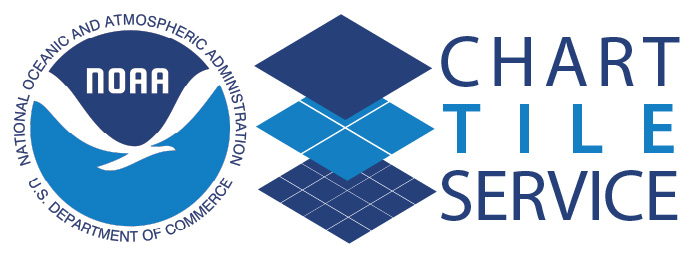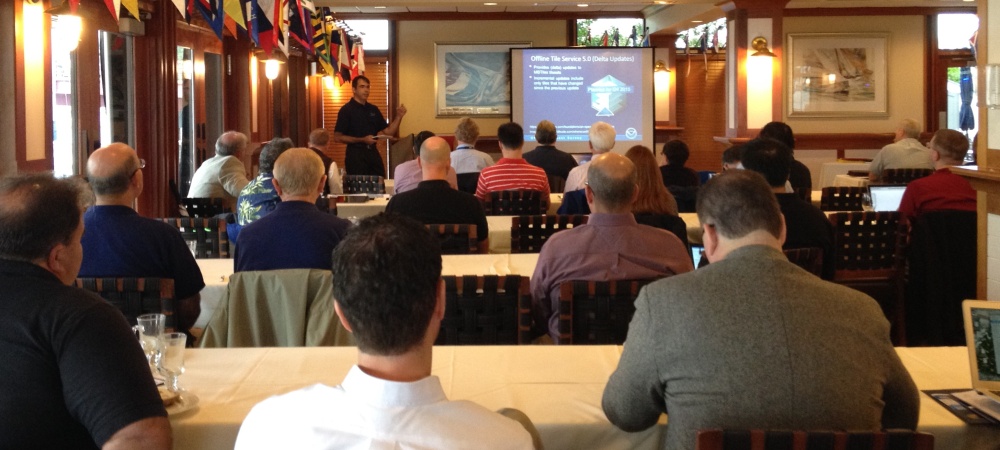Coast Survey introduces new service for downloading raster chart updates
We click on our smart phone map app, and we can immediately see any place on land. We turn on our boat’s navigational system and a nautical chart appears. Where do the apps get their maps and charts, and how often are they updated? Let’s look deeper into the chart services…
Recreational boaters use chart plotters and computer-based navigation systems, including tablets and mobile devices — at last count, there are over 60 mobile apps — as well as web mapping applications. These commercial products often use privately produced charts derived from official NOAA raster navigational charts (NOAA RNC®). In recent years, larger manufacturers have switched to using NOAA raster charts themselves. Until recently, the systems had to work through a major problem: each of NOAA’s thousand charts is a huge file that takes bandwidth and time to upload. So the entrepreneurs developed work-arounds, especially when they needed to update the charts. Many of them cut NOAA chart files into more manageable “tiles.” Many didn’t update these chart tiles for months, or sometimes even up to a year, despite NOAA issuing updates weekly, often because of time and storage space problems.
Continue reading “Updating digital nautical charts is faster and easier”








